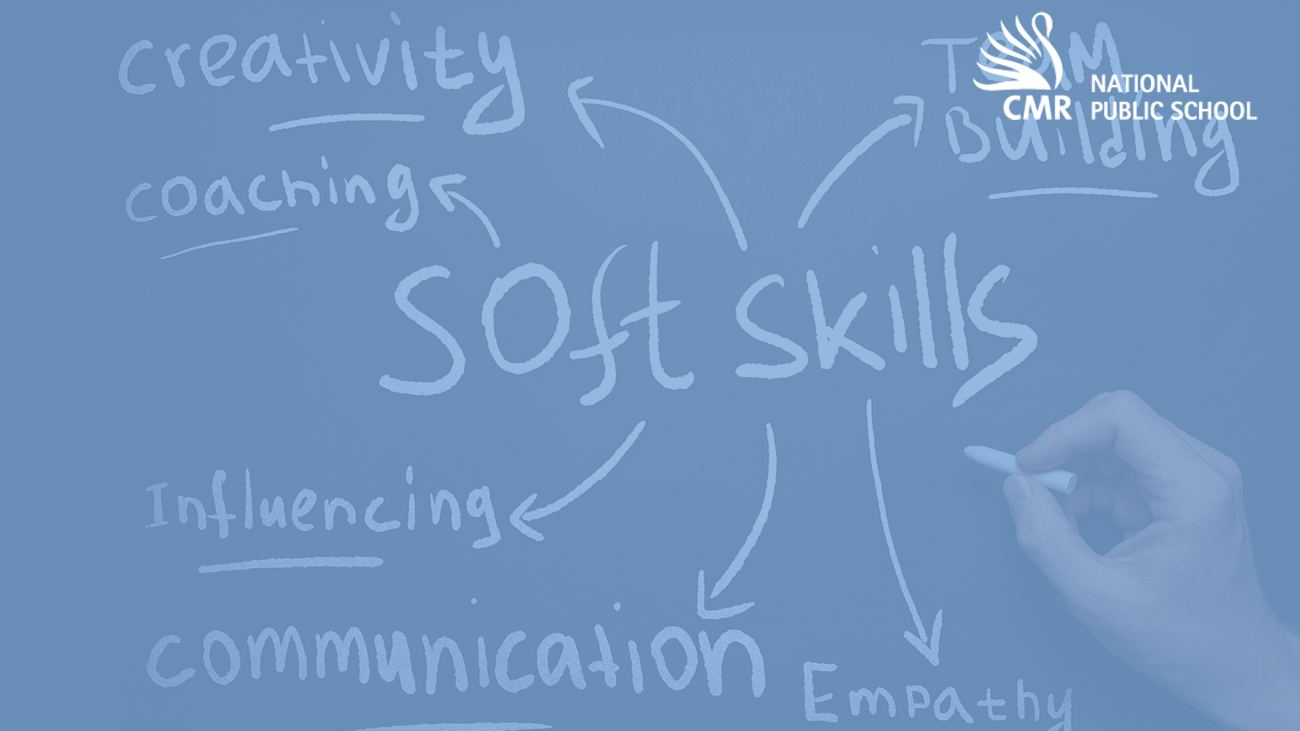Table of Contents
The first standard measure of human intelligence was developed in the early 1900s. French psychologist Alfred Binet designed the formal IQ test which was administered in 1905 and measured the mental age of students entering the mass system of education at that time. Since then, the traditional IQ test has undergone several revolutions and scientific understanding of human intelligence has matured alongside. Today, intelligence is hardly seen as a singular ability. Instead, Professor Howard Gardner’s Theory of Multiple Intelligence – a theory that suggests there are six types of intelligence – is now widely accepted. Another kind of intelligence strongly predicts lifelong success and that is Emotional Intelligence (or EI). To add to that, context-specific traits like grit and perseverance, along with student mindsets contribute tremendously to lifelong success.

Standardized assessments in education over the years
With so many factors at play, what is the best way of assessing student learning? Throughout the 20th century, paper pencil standardized tests have been most common and popular. A standardized test is an assessment that is rigid, has a pre-determined marking scheme and is administered to a large base of students. The 1900s saw the institutionalization of such a test for measuring/selecting almost everything – student learning, employee psychometric, job entrances and even artistic ability.
“Such tests emerged in the post-industrial era when factories and large business units required many labourers but few thinkers.”
As a result, a test that told you a little about everyone was preferred to an alternative that told you a lot about one person. This was especially so because the former was more cost-effective. Additionally, collecting and analyzing data on individuals placed a heavy demand on time so it was deemed impossible given the lack of technology at the time.
To understand the history and application of Standardized tests, please watch the following video:
Today, technology has made it feasible to design and analyse assessments that track not one but multiple facets of a child. However, the obstacle now is not one of technology. It is one of mindset. Teachers, policy makers, educationists and even parents often prefer a traditional system where students can be assessed from time to time, neatly marked and then put away until it is time to test them again. The system – as everyone says – has been working. And everyone is not wrong. The system has been delivering what it intended to deliver – a workforce that can fit into neat job descriptions. But the world today is no longer neat. The freelance economy in the US and Europe has grown tremendously in the past decade and 9-5 jobs are shrinking[1]. Add to that the leaps being made in Artificial Intelligence (AI) and one confronts a future very different from the present we find ourselves in.
For this reason, when it comes to education, HOW students learn has become as important as WHAT they learn;
“It is imperative that children develop a strong learning process and the right attitude towards learning.”
And so, varied assessment systems need to be in place so that children have multiple opportunities to express what they know and understand. This way, each child’s learning can be guided in a way that eventually promotes mastery for all children. A fitting analogy for learning any concept or skill is the scaling of a mountain. The end goal is to get all children to the summit but a single test based approach for measuring learning tells all children to scale the mountain by walking up the same path. It does not allow students to explore other paths where some choose to climb over rocks, others rappel their way up, and still, others climb steadily.
By giving children varied learning experiences and by using a variety of approaches to measure learning, we arrive at a more holistic understanding of where a child is and where she/he needs to go. At CMR National Public School, the assessment pattern has been developed by taking into consideration these insights. You can read more about our assessment pattern here. Along with formal assessments, students’ capabilities are gauged through assessments like “Project Based Assessments” and “Group Assessments” that not only test for subject understanding but also highlight a child’s resourcefulness, creativity, ability to take concepts from concrete to abstract, ability to work with others, and much more that is not captured by a two dimensional paper pencil test.
For more on 21st Century thinking around assessments, please pick up a copy of “The End of Average: How to succeed in a world that values sameness” by Todd Rose, Director Mind, Brain and Education, Harvard University.
[1] According to a report by the McKinsey Global Institute the freelance workers constitute 30% of all workers and this trend is on the rise


